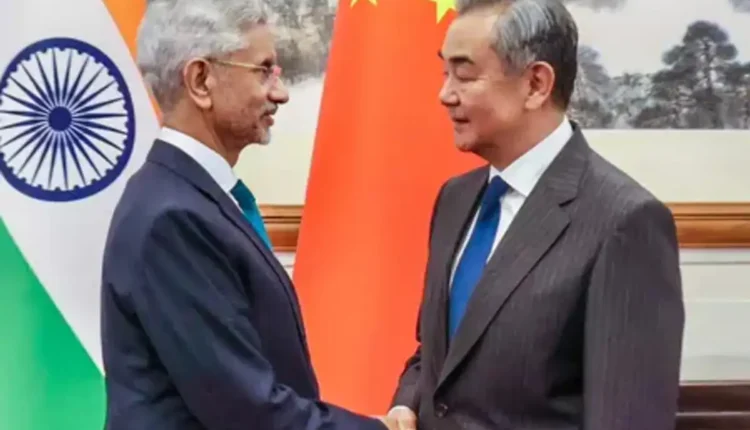China’s Foreign Minister to Visit India for High-Stakes Border Talks

BEIJING: China’s top diplomat, Wang Yi, will travel to India next week for talks aimed at easing long-standing border tensions, Beijing’s foreign ministry said on Saturday, in a visit that could pave the way for a cautious thaw in one of Asia’s most consequential relationships.
Mr. Wang, who also serves as China’s foreign minister, will be in New Delhi from Monday to Wednesday at the invitation of the Indian government.
He is scheduled to take part in the 24th meeting of the Special Representatives mechanism on the boundary question — a high-level channel set up to address disputes along the two countries’ 2,100-mile frontier — and to hold separate meetings with India’s national security adviser, Ajit Doval, and external affairs minister, Subrahmanyam Jaishankar.
The trip comes amid signs that Beijing and New Delhi are moving to repair ties frayed by the deadly 2020 Galwan Valley clash in the western Himalayas, which left at least 20 Indian and four Chinese soldiers dead and halted most official exchanges.
That confrontation froze border trade and soured political trust, but both sides have since sought ways to stabilize relations.
A Measured Thaw
Since 2024, the two militaries have implemented a border patrol agreement designed to reduce the risk of flashpoints and gradually disengage troops from certain friction areas. Direct passenger flights between the two countries resumed earlier this year, and officials have been in talks to reopen cross-border trade, which has been suspended for five years.
While trade across the high-altitude passes — such as Nathu La in Sikkim, Lipulekh in Uttarakhand, and Shipki La in Himachal Pradesh — has historically been limited in volume, its resumption would carry outsized symbolic value.
It would signal a willingness to reestablish routine civilian and commercial exchanges in a region still dotted with forward deployments and heavy infrastructure.
Strategic Context
The warming comes at a time of shifting geopolitical currents. Both countries have had to recalibrate their foreign policies amid unpredictable U.S. trade measures, including tariff hikes under President Donald J. Trump. India, while deepening strategic ties with Washington and its Quad partners, has also sought to preserve autonomy in its relations with Beijing.
China, facing slowing growth and intensifying competition with the United States, has been working to ease tensions on its periphery.
Beijing and New Delhi have also explored expanding cooperation through multilateral forums like the Shanghai Cooperation Organization and BRICS, where they often present themselves as representatives of the Global South.
Historical Shadows
The Himalayan frontier has been a flashpoint since a brief but bitter war in 1962. While the Line of Actual Control — the de facto border — has generally held, it remains undemarcated in several stretches, leading to periodic standoffs.
The 2020 Galwan clash was the bloodiest encounter in decades and triggered a build-up of troops, artillery and armor on both sides.
Subsequent rounds of military and diplomatic talks have achieved partial disengagement, but friction points remain in eastern Ladakh and Arunachal Pradesh.
The Special Representatives mechanism, established in 2003, has been a key forum for addressing such issues, though it has struggled to produce a lasting settlement.
Signs of Normalization
Alongside the border discussions, both sides have pursued other confidence-building measures.
India recently allowed the resumption of the Kailash Mansarovar pilgrimage route through Chinese territory, and the two countries have discussed renewing cultural exchanges and tourism. Military contacts have also expanded modestly, with naval representatives participating in joint forums.
The timing of Mr. Wang’s visit is notable: Prime Minister Narendra Modi is expected to travel to China later this month for the Shanghai Cooperation Organization summit, where he is likely to meet President Xi Jinping. That meeting could offer a broader political mandate for further easing tensions.
Indian and Chinese officials have hinted that announcements on reopening border trade and expanding direct air links could follow next week’s talks. Analysts will be watching for signs that the two sides might restart joint economic projects in third countries or revive long-discussed mechanisms for crisis management along the frontier.
Yet deep mistrust lingers, particularly in India’s security establishment, and both governments face domestic constituencies that view the other with suspicion.
Any progress from Mr. Wang’s visit is likely to be incremental, aimed at preventing another crisis rather than resolving the border dispute outright.
